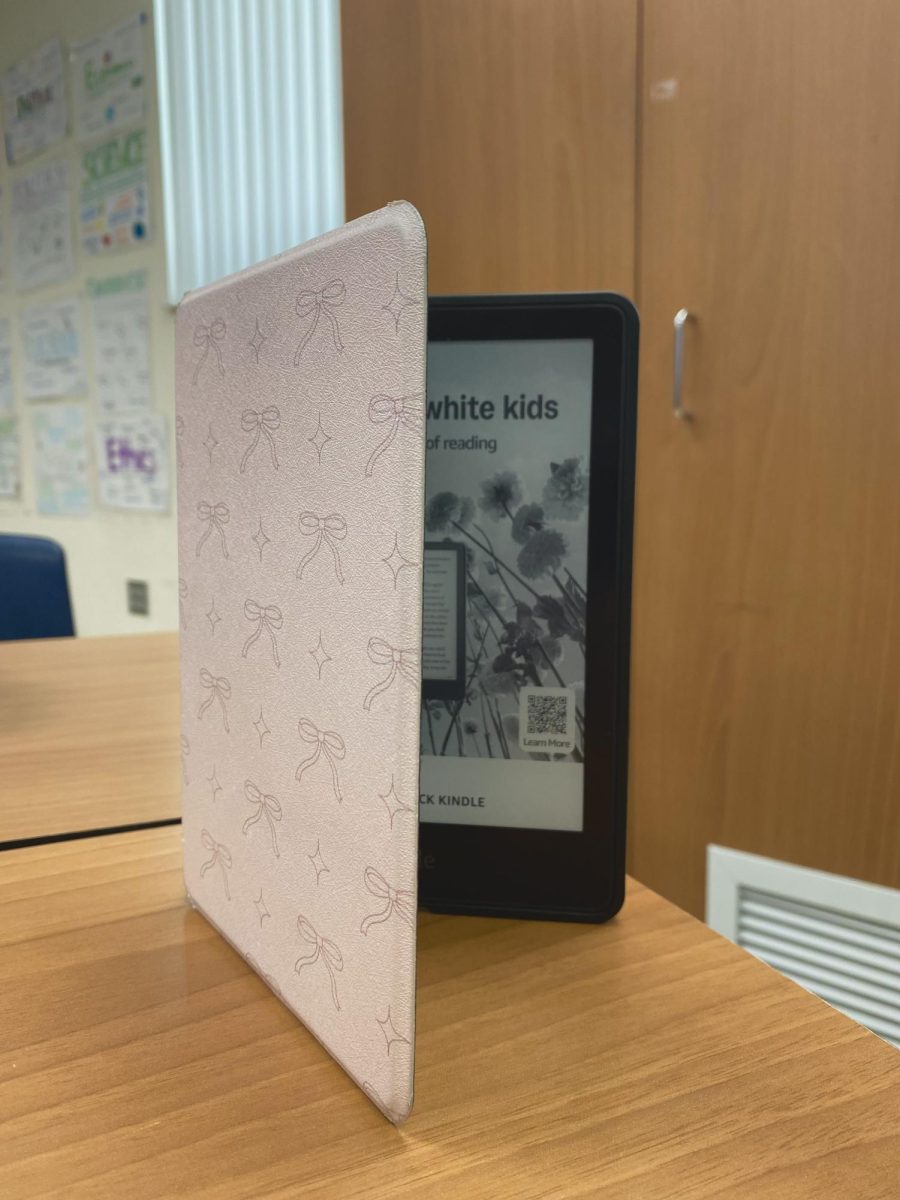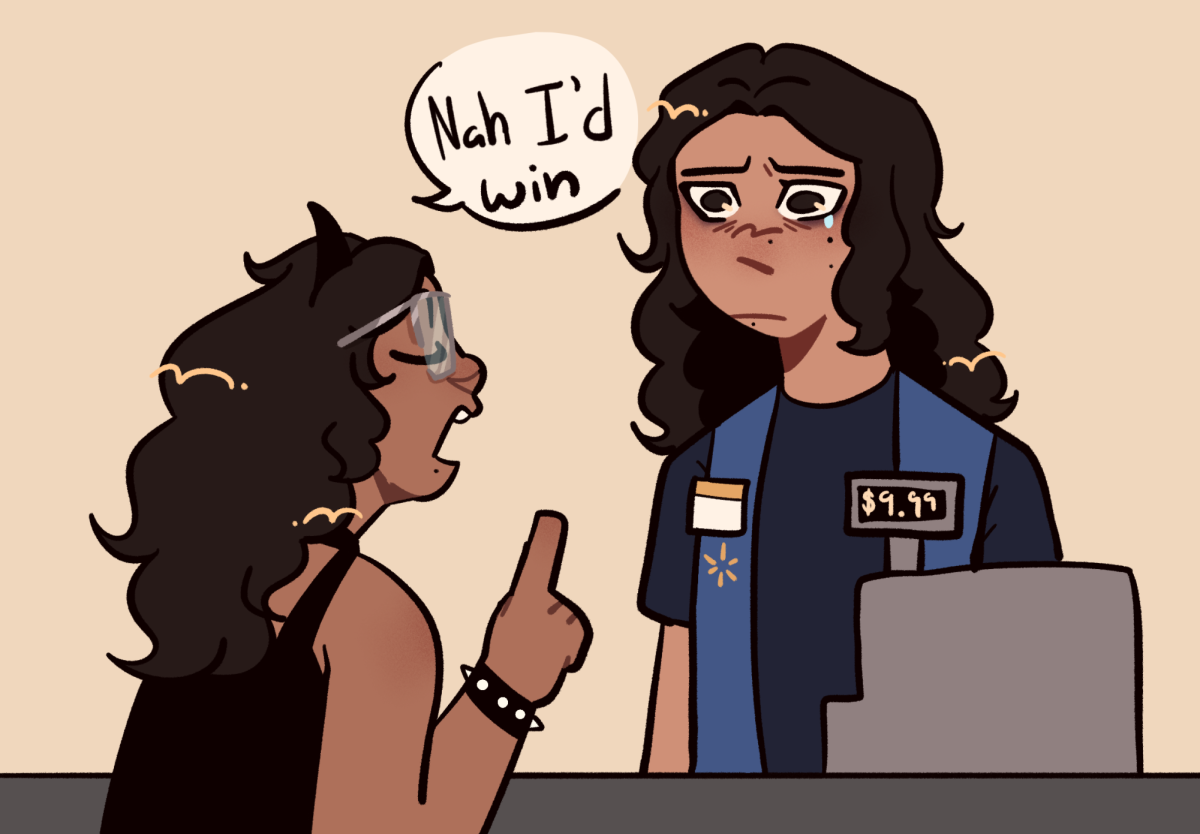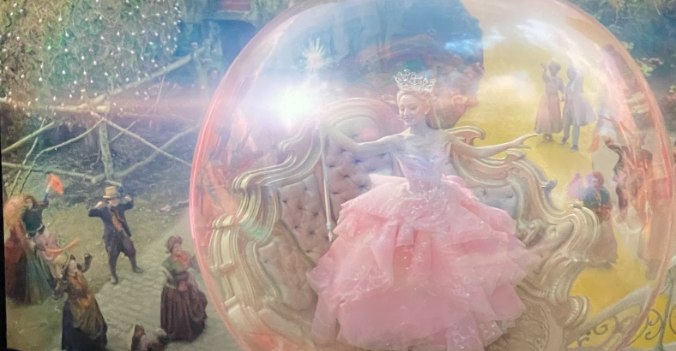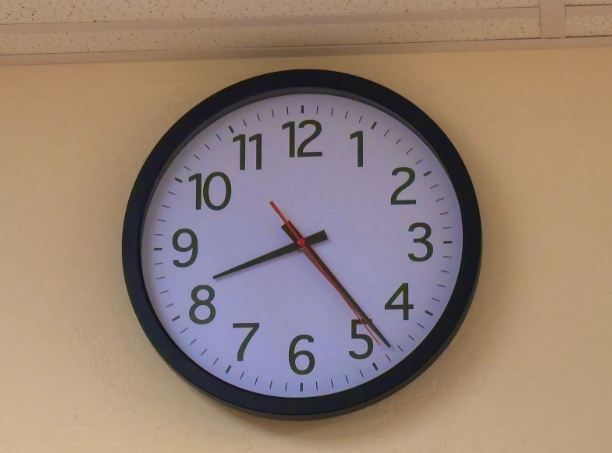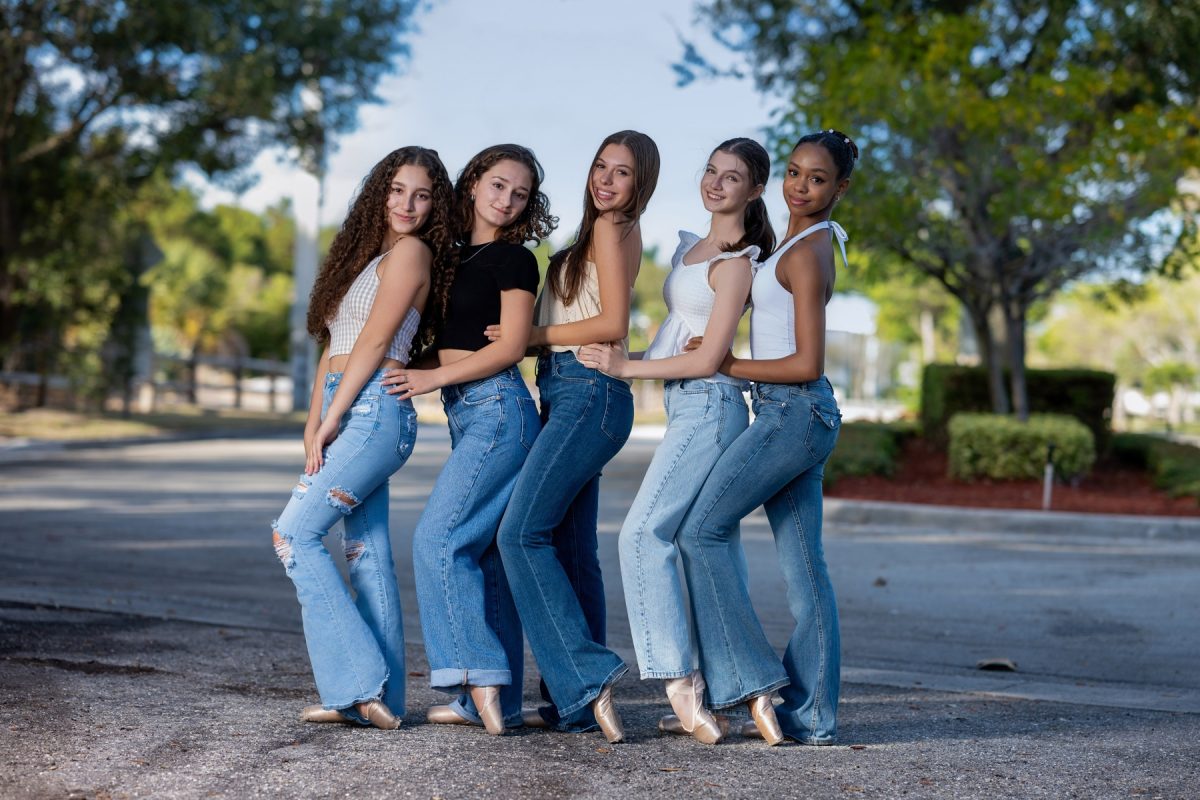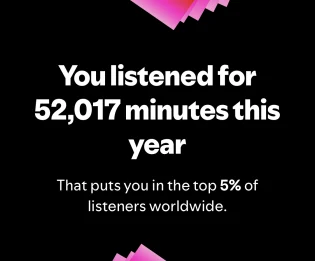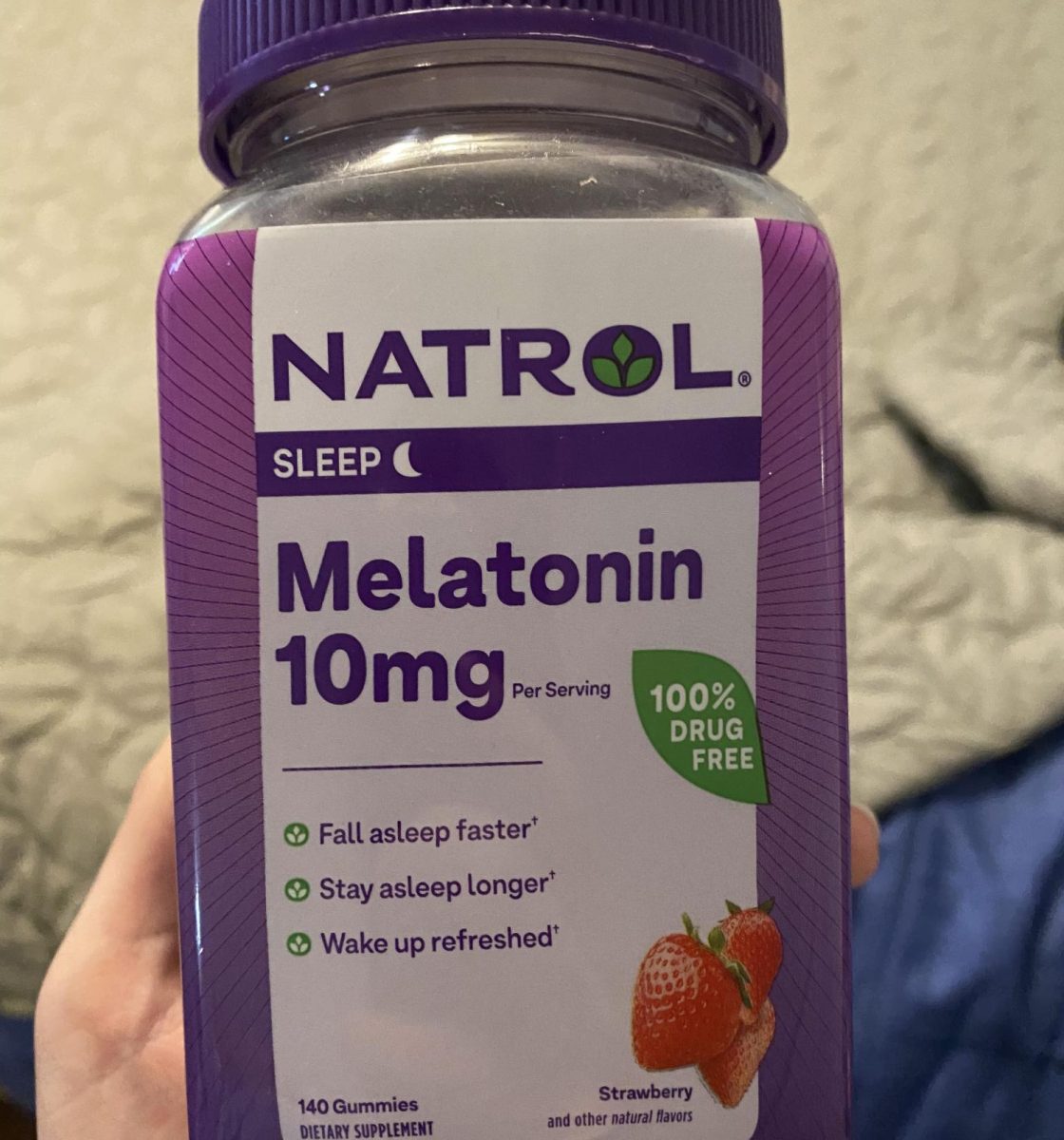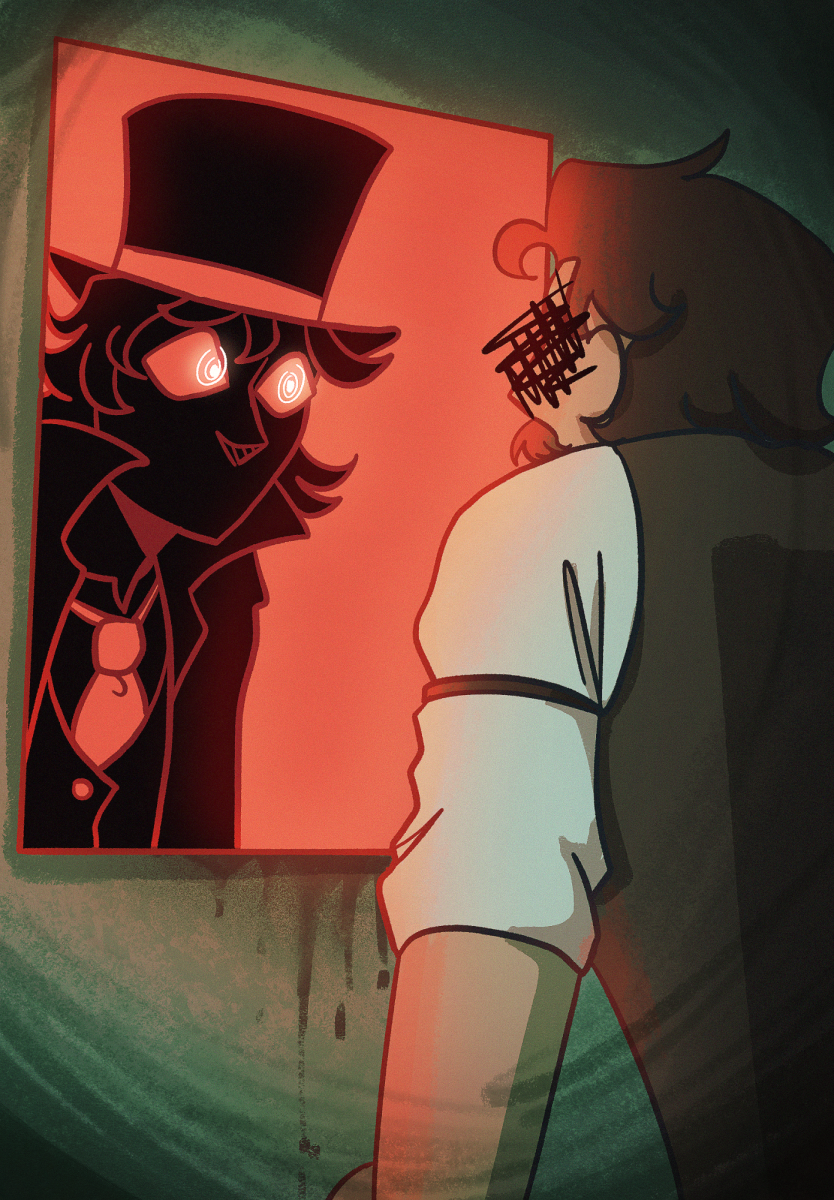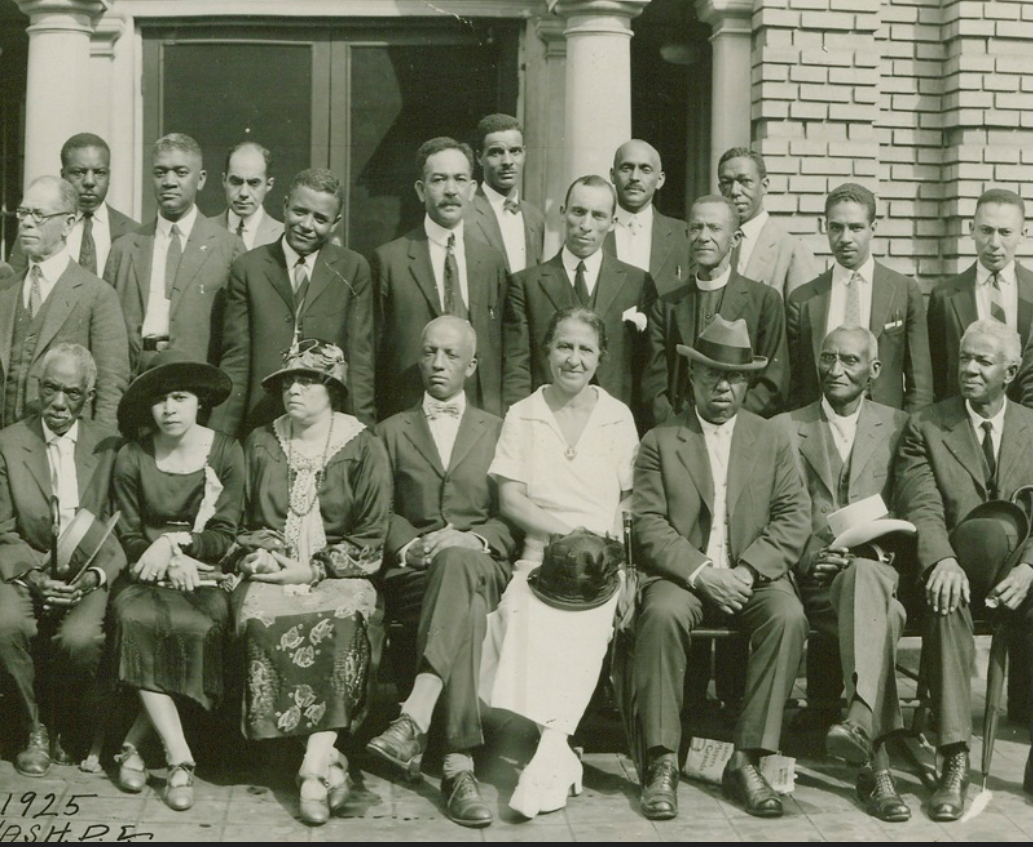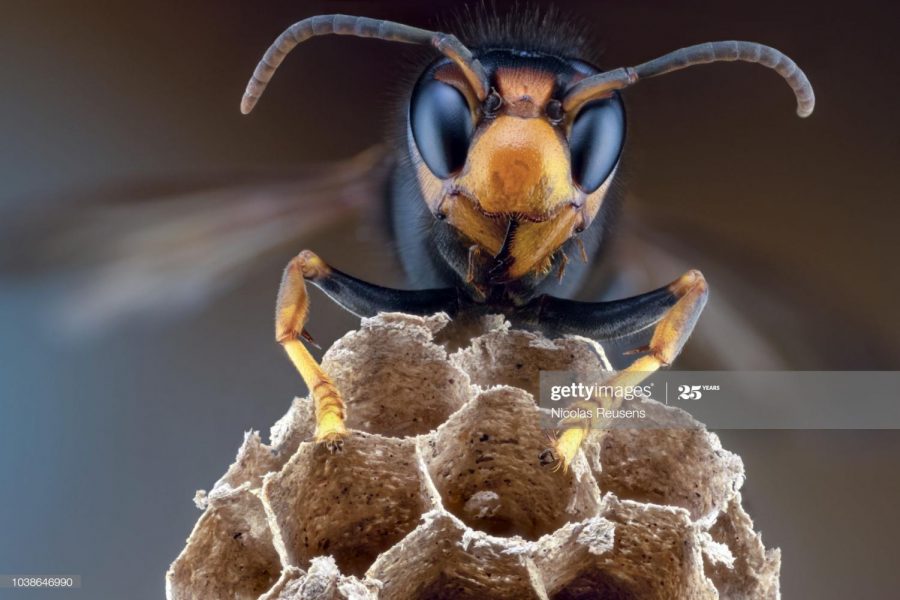First COVID, Now Murder Hornets
May 11, 2020
With the coronavirus sweeping the globe the last thing America needs is another thing to make its way from Asia to the US. However, because 2020 feels like five years rolled into five months, a deadly insect has burrowed its way into the flesh of America. For the first time in history, the Asian giant hornet (Vespa mandarinia), nicknamed the “murder hornet,” has made its way to the US.
The hornet gets the name giant from being typically 1.5 to two inches long, the largest wasp in the world, and is known to kill around 50 people a year in Japan. They have large yellow-orange heads with prominent eyes, a black and yellow striped abdomen, and terrifyingly large stingers. Asian giant hornets also have venom in their stingers, have seven times the amount of venom of honeybees, and can easily pierce through most beekeeper suits. People who have been stung by the hornets have described it as feeling like “hot metal being injected into the skin,” and with the sheer size of these hornets, it’s not hard to picture how a few of these hornet unlucky victims end up dead.
While not as deadly and as much of a concern as COVID, where the hornet will really hurt is in the US’s bee population, which has already been on the decline. The hornet is infamous for decimating bee’s hives, and has been caught on film decapitating honeybees. It only takes a few of these hornets to destroy a hive, using their large mandibles to rip the heads off of the bees, and then consume the bee’s thorax. With the bee population already on the decline, it’s safe to say beekeeper’s need to take extra precautions with taking care of their hives.
If there is one bright side, it is that the hornet doesn’t display threatening behaviors unless someone gets too close to the nest, or the hornet itself feels threatened. Researchers advise people to treat these hornets like normal wasps or bees: Just stay away, and if you find a colony, do not try to remove it.
(Bright side number two: apparently these hornets make a tasty treat, according to people in Japan. The taste has been described as “light and crunchy,” and “leaves a warm, tingling sensation.” Yum.)






